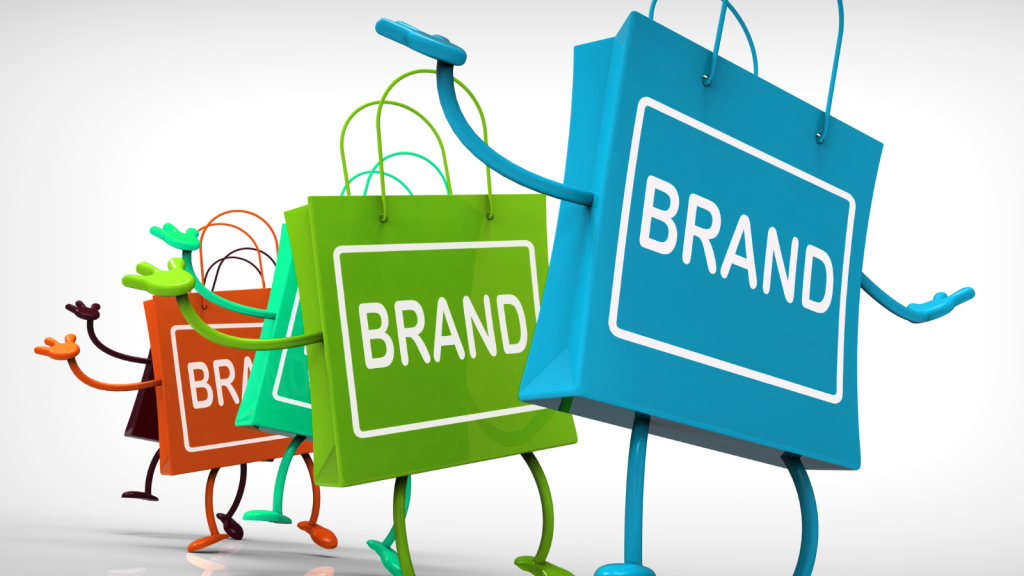Imagine you’re walking through a bustling marketplace. Among the dozens of vendors shouting about their products, one stall catches your eye—not because it’s the loudest, but because its message speaks directly to you. Maybe it tells a story that resonates, or perhaps its branding makes you feel something special. That’s the power of content when it comes to brand awareness.
Many businesses pump out content just for the sake of it, hoping that sheer volume will increase visibility. But the secret to real brand awareness isn’t just about pushing out content; it’s about crafting experiences, sparking emotions, and creating a lasting imprint in your audience’s mind.
The Power of Storytelling in Branding
Take Alex, for example. He owns a small coffee shop that struggles to compete with corporate chains. Instead of just posting daily deals and generic coffee pictures, Alex starts telling stories—he shares the journey of his beans from farm to cup, introduces customers to the baristas and their personal favorites, and highlights heartwarming moments inside the shop. Soon, customers begin engaging with his content, relating to it, and sharing it with friends. His brand isn’t just another coffee shop; it becomes a place with personality and meaning.
People remember stories, not sales pitches. So, whether it’s through blogs, videos, or social media posts, infuse storytelling into your content. Show behind-the-scenes moments, share testimonials, and make your brand human.
Using NLP for More Exposure
Natural Language Processing (NLP) isn’t just for tech geeks—it’s a powerful tool for crafting content that resonates. Search engines are becoming smarter, focusing less on keyword stuffing and more on natural, engaging language.
Here’s an insider trick: focus on semantic SEO. Instead of stuffing keywords like “best running shoes,” craft content that answers natural queries.
For example, instead of writing a generic blog titled “Best Running Shoes for 2024,” try something like: “What Type of Running Shoes Fit Your Running Style? A Complete Guide.”
This approach taps into NLP by addressing user intent. People search in question formats, and your content should mirror their natural way of speaking. Google loves it, and so does your audience.
The Untapped Potential of Micro-Content
Big brands flood the internet with long-form content, but micro-content—small, digestible, and engaging pieces—often outperforms them in creating brand awareness.
Imagine Sarah, a new wellness coach. Instead of only writing long blog posts, she starts posting short 15-second video tips on TikTok, Instagram Reels, and YouTube Shorts. She turns tweets into Instagram carousel posts and repurposes content into email snippets.
Before she knows it, her brand is everywhere, effortlessly weaving itself into her audience’s daily lives. People remember brands they see often, even in small doses.
Interactive and Personalized Content: The Game Changer
Ever taken a fun quiz online that told you your personality type or ideal travel destination? That’s interactive content at work.
Brands that provide interactive experiences get significantly higher engagement. Instead of just posting an article on skincare tips, create a quiz: “Find Your Perfect Skincare Routine in 60 Seconds.” This kind of content gets shared, drives engagement, and makes your brand memorable.
Personalization takes it a step further. Address users by name in emails, recommend products based on past behavior, and make every interaction feel tailored. The more personal your brand feels, the more people connect with it.
The Secret Sauce: Consistency Without Repetition
Have you ever followed a brand that posted amazing content, but then they disappeared for weeks? Consistency builds trust. Your audience should see you regularly—but not with the same message over and over again.
A great strategy is to use a content pillar approach. Let’s say you’re a fitness brand. Instead of just posting workout videos, your content pillars could include:
- Transformation Stories – Showcasing real-life fitness journeys.
- Expert Advice – Sharing insights from trainers and nutritionists.
- Behind-the-Scenes – Giving a look into product creation or your brand’s mission.
- Interactive Content – Quizzes, polls, or user-generated challenges.
By rotating these pillars, you maintain consistency while keeping your content fresh and engaging.
User-Generated Content: Let Your Audience Market for You
People trust other people more than they trust brands. Encourage your audience to create content for you—whether it’s through reviews, testimonials, or even photos of them using your product.
Think about it: if two friends are debating which brand of hiking boots to buy, and one sees a social media post from a real person wearing a pair they love, that carries way more weight than an ad from the company itself.
Final Thoughts: Crafting an Unforgettable Brand
Brand awareness isn’t about being everywhere—it’s about being remembered. Whether you leverage storytelling, NLP optimization, micro-content, interactive experiences, or user-generated content, the goal remains the same: make your brand feel personal, valuable, and human.
Next time you create content, ask yourself: Would I engage with this if I weren’t the creator? If the answer is yes, you’re on the right track.
Your brand’s story is waiting to be told—tell it in a way that sticks.

